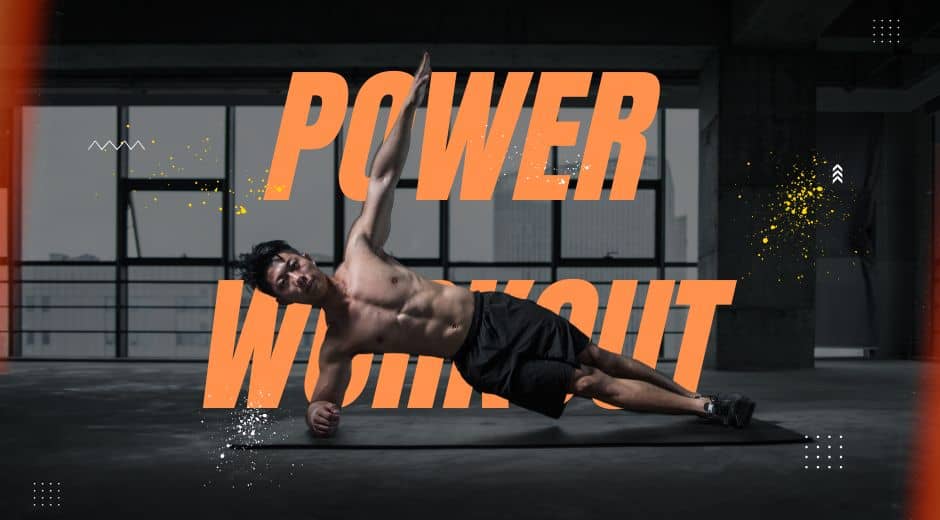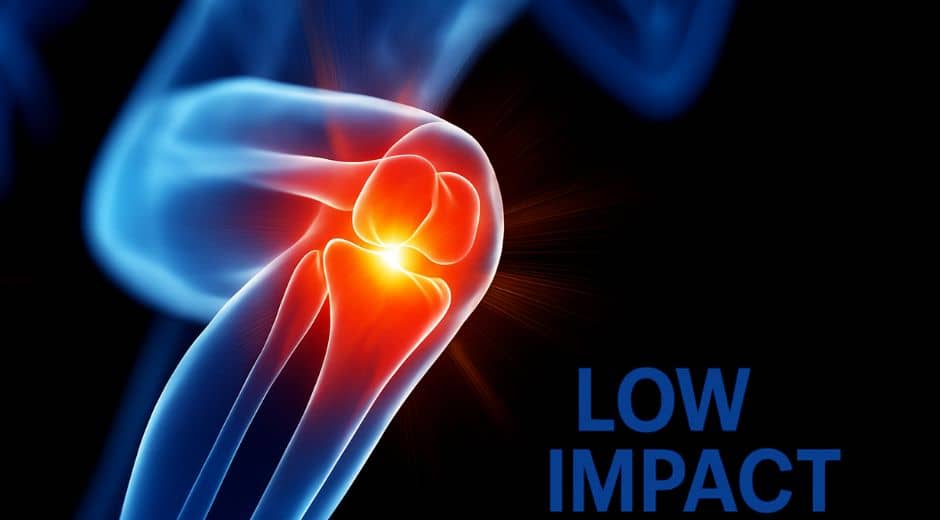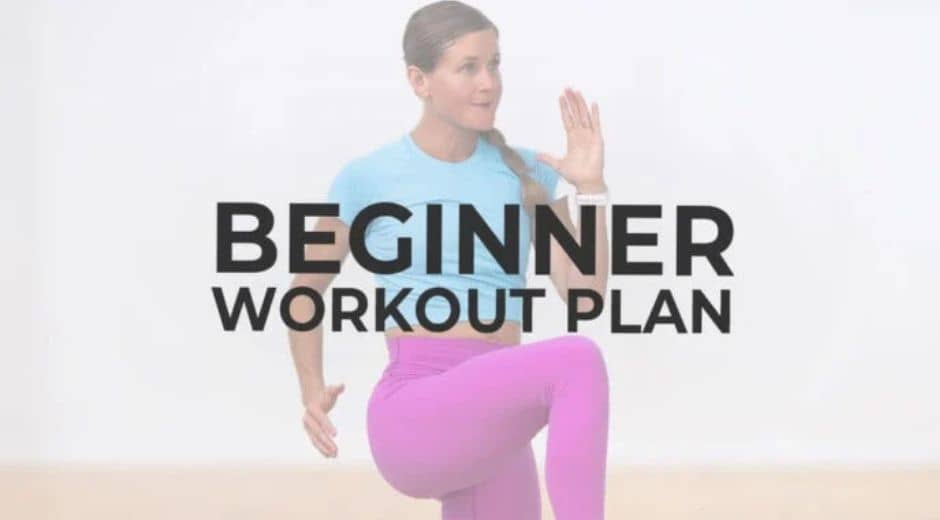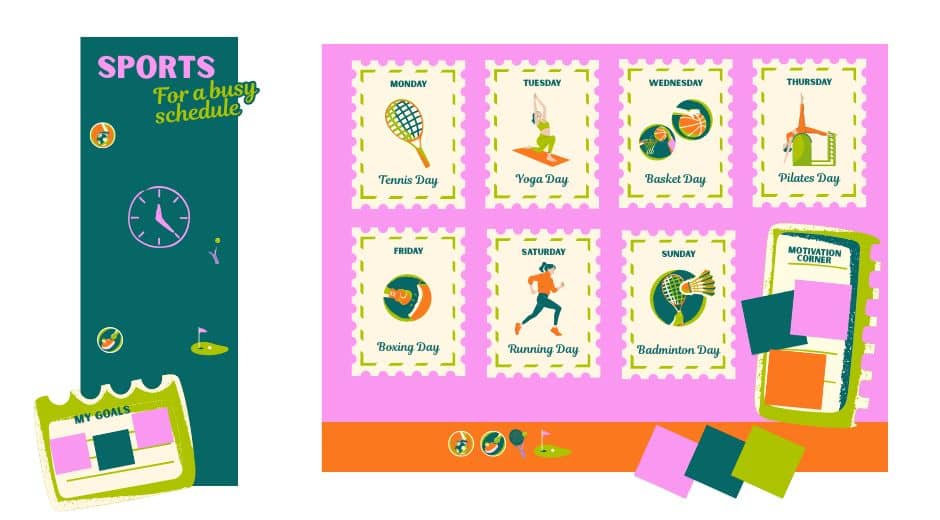Powerful HIIT Workouts: Transform Your Body in 30 Minutes
Powerful HIIT Workouts: Transform Your Body in 30 Minutes
Why HIIT?
In the busy tempo of modern life, many fitness enthusiasts struggle to find enough time for effective workouts. Enter HIIT workouts powerful, efficient sessions designed to maximize your efforts in a short period. These routines alternate intense bursts of work with brief recovery periods, pushing your body to adapt, burn fat, and improve cardiovascular fitness. If your goal is to see real change without spending hours in the gym, HIIT may be exactly what you need.
1. The Science Behind HIIT
One of the main benefits of HIIT is the afterburn effect, or excess post-exercise oxygen consumption (EPOC). When you push your body to near its limit, it continues burning calories even after the workout is over. Studies show that HIIT can improve VO2 max, insulin sensitivity, and metabolic rate and because workouts are short, consistency tends to be easier.
However, that power comes with responsibility: because intensity is high, technique, recovery, and progression must be managed wisely to avoid burnout or injury.
2. Designing a Safe & Effective HIIT Session
A well-structured HIIT session includes several components: warm-up, main intervals, cool-down, and stretching or mobility work. Here’s a simple template you can adapt:
-
Warm-up (5–7 minutes): light cardio (jog, bike, jump rope) + dynamic movements
-
Main intervals (15–20 minutes): alternate 30–45 seconds of max effort with 15–30 seconds of recovery (e.g., sprints, burpees, jump squats)
-
Cool-down (5 minutes): slower movement to bring heart rate down
-
Stretch / mobility (5 minutes): focus on hips, hamstrings, shoulders
You can build HIIT sessions using bodyweight, free weights, resistance bands, or machines the key is variety and progression.
3. Recovery: The Underrated Hero
Many jump into HIIT daily, hoping more is better but that’s a recipe for overtraining. Recovery is where adaptation happens. When you rest, your muscles repair, systems rebalance, and you become stronger.
Important elements of recovery include:
-
Adequate sleep (7–9 hours)
-
Nutrition: protein + healthy carbs & fats
-
Hydration and electrolyte balance
-
Active recovery (walking, yoga, mobility work)
-
Rest days between intense sessions
If you want to learn more about how to recover properly and keep your energy levels stable, check out our article on Mindful Movement for Active Recovery a perfect complement to HIIT training.
A good rule of thumb: limit full HIIT sessions to 3–4 times per week, with lighter movement or strength work on off days.
4. Measuring Progress & Preventing Plateaus
To keep improving, track your workouts interval times, rest durations, perceived exertion, heart rate. Over weeks, you should be able to increase effort, reduce rest, or add more rounds. Plateau? Switch up movements, tempo, or equipment.
Listen to your body. If you’re overly fatigued, performance dips, or motivation drops, scale back and emphasize recovery. Progress is built with cycles of work and rest.
1. Track Your Intervals and Rest Times
HIIT is built on work/rest ratios. In the beginning, you might need 30 seconds of work followed by 30 seconds of rest. But as your endurance and power improve, you’ll be able to:
-
Extend your work intervals (e.g., 45 seconds of effort, 15 seconds of rest)
-
Complete more total rounds in the same time frame
-
Maintain better form and speed for longer periods
Tip: Use a timer app or HIIT interval tracker to keep a log of your session structure.
2. Monitor Intensity (RPE or Heart Rate)
You can use RPE (Rate of Perceived Exertion) or a heart rate monitor to gauge how hard you’re working.
-
RPE 8–9/10 means you’re in the “breathless, high effort” zone during work intervals.
-
Over time, you’ll notice your heart rate recovers faster and you can sustain intensity for longer.
-
Many smartwatches offer recovery time feedback — this data is gold for tracking cardiovascular adaptation.
-
3. Balance Effort with RecoveryTracking progress also means listening to your body. If your performance starts dropping, or you feel constantly tired, you may be overtraining. Good progress happens when training and recovery are balanced. Scheduled rest days, sleep, and mindful movement help you keep advancing without burnout.
5. Benefits You’ll Notice
-
1–2 weeks: improved energy, better tolerance to bursts of movement
-
3–4 weeks: visible endurance and strength gains
-
2+ months: enhanced definition, lean muscle tone, improved cardiovascular health
HIIT fits into almost any schedule — it’s one of the most efficient training methods available.
6. Common Mistakes to Avoid
-
Skipping warm-up or cool-down
-
Sacrificing form to go faster
-
Doing HIIT every single day
-
Ignoring mobility or flexibility work
-
Overlooking recovery cues
Avoiding these mistakes will keep you safe and progressing steadily.
Why HIIT Fits into a Balanced Lifestyle
HIIT isn’t a miracle solution — but used correctly, it’s a game changer. It fits seamlessly into busy schedules, improves conditioning quickly, and works beautifully alongside other training modalities. Pair it with strength work, mobility training, and mindful recovery to create a fitness routine that’s balanced and sustainable.
“Push hard. Recover smart. Transform faster.”
Creating a supportive environment outside the gym is just as important as the workout itself. Having a wellness space at home can help you stretch, meditate, or unwind after intense HIIT sessions — turning recovery into a mindful ritual rather than an afterthought. If you want tips on how to build your own personal wellness corner, check out this practical guide: How to Design a Wellness Space.
Explore More
For those who want to go beyond their daily workouts and truly elevate their fitness journey, SportSoulPulse.com offers powerful inspiration, expert insights, and cutting-edge trends in the world of training, performance, and recovery. Whether you’re chasing personal bests or building a sustainable routine, it’s the perfect place to fuel your passion for movement and push your limits with purpose.
Wellness Made Simple

Breathwork Basics You Can Use Anytime To Reset
Breathwork Basics You Can Use Anytime To Reset

Sleep Rhythm, Simple Night Habits For Deeper Rest
Sleep Rhythm, Simple Night Habits For Deeper Rest

The Meaning of Connection: Building a Purposeful and Fulfilling Lifestyle
Explore how genuine connection supports mental wellbeing, emotional health, and deeper purpose, shaping a more meaningful and fulfilling lifestyle.

Hydration Balance: How Water Shapes Energy, Digestion, and Daily Wellness
Learn how hydration balance fuels energy, supports digestion, and improves overall wellbeing through simple daily habits and smart nutrition strategies.













